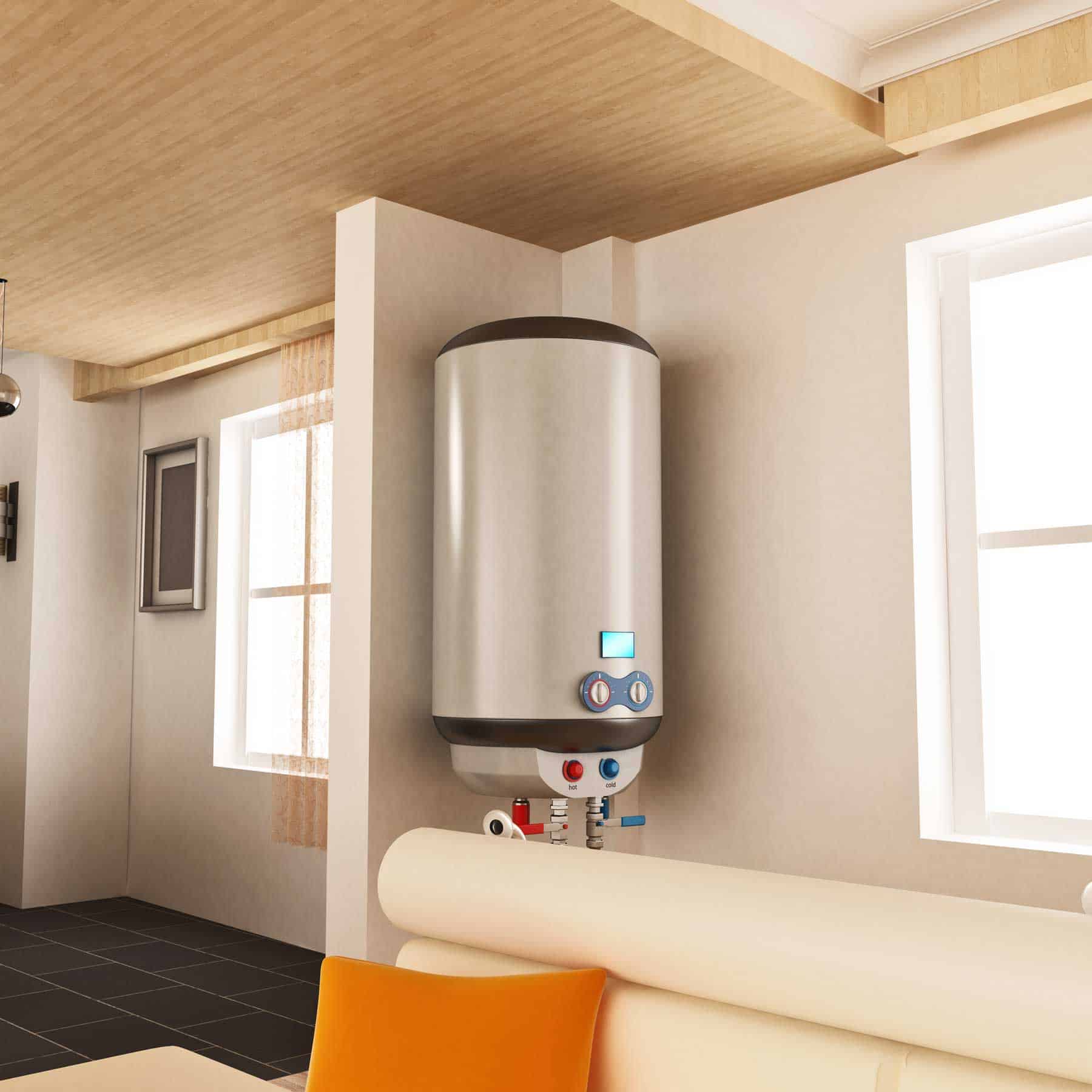The author is making a number of good points on the subject of What Kind of Maintenance Do Water Heaters Need? as a whole in this great article beneath.

Hot water is crucial for daily comfort, whether it's for a revitalizing shower or washing meals. To guarantee your warm water system runs effectively and lasts much longer, regular maintenance is crucial. This write-up provides useful ideas and understandings on how to keep your home's hot water system to prevent disturbances and costly repair work.
Introduction
Maintaining your home's hot water system may appear overwhelming, but with a few easy steps, you can guarantee it runs efficiently for years to come. This guide covers everything from understanding your hot water system to DIY upkeep tips and knowing when to hire expert assistance.
Value of Keeping Your Warm Water System
Normal upkeep not just expands the life-span of your warm water system yet also guarantees it runs efficiently. Neglecting maintenance can lead to decreased efficiency, higher energy bills, and also early failing of the system.
Indicators Your Warm Water System Demands Upkeep
Understanding when your warm water system requires focus can protect against significant problems. Watch out for signs such as inconsistent water temperature, strange sounds from the heating system, or corroded water.
Purging the Hot Water Heater
Flushing your water heater removes sediment build-up, boosting efficiency and prolonging its life.
Monitoring and Changing Anode Rods
Anode poles protect against deterioration inside the storage tank. Examining and replacing them when worn out is critical.
Facility Problems Needing Professional Aid
Instances include significant leakages, electrical troubles, or if your water heater is regularly underperforming.
Routine Professional Maintenance Conveniences
Professional maintenance can consist of extensive evaluations, tune-ups, and ensuring conformity with security standards.
Evaluating and Changing Temperature Setups
Changing the temperature settings ensures optimum performance and security.
DIY Tips for Upkeep
You can carry out several upkeep tasks on your own to keep your warm water system in leading condition.
Looking for Leaks
Consistently examine pipelines and connections for leakages, as these can lead to water damages and higher bills.
Recognizing Your Hot Water System
Prior to diving into maintenance jobs, it's valuable to understand the fundamental components of your warm water system. Generally, this consists of the water heater itself, pipelines, anode rods, and temperature level controls.
Month-to-month Upkeep Tasks
Routine month-to-month checks can help capture minor problems before they intensify.
Testing Stress Alleviation Valves
Evaluating the stress relief valve guarantees it functions properly and prevents extreme pressure buildup.
Shielding Pipes
Protecting warm water pipes minimizes warmth loss and can save power.
When to Call a Professional
While DIY upkeep is beneficial, some problems call for professional know-how.
Conclusion
Routine upkeep of your home's warm water system is important for performance, long life, and cost financial savings. By adhering to these tips and understanding when to look for specialist help, you can make sure a trusted supply of hot water without unforeseen interruptions.
How to Maintain an Instant Hot Water Heater
Before tinkering with your hot water heater, make sure that it’s not powered on. You also have to turn off the main circuit breaker and shut off the main gas line to prevent accidents. Also turn off the water valves connected to your unit to prevent water from flowing into and out of the appliance. 2. When you’re done, you have to detach the purge valves’ caps. These look like the letter “T” and are situated on either side of the water valves. Doing so will release any pressure that has accumulated inside the valves while at the same time avoid hot water from shooting out and burning your skin. 3. When the purge valves’ caps are removed, you have to connect your hosing lines to the valves. Your unit should have come with three hoses but if it didn’t, you can purchase these things from any hardware or home repair shops. You can also get them from retail stores that sell water heating systems. Read the user’s manual and follow it to complete this task properly. When the hosing lines are connected, open the purge port’s valves. 4. You should never use harsh chemical cleaners or solutions when cleaning your unit. Make use of white vinegar instead. It should be undiluted and you’ll probably use about 2 gallons. 5. Now flush your water heater. This task should probably take about 40 minutes. We can’t give you specific directions for this because the procedure is carried out depending on the type, model and brand of your heater. With that being said, refer to the user’s manual. 6. When you’re done draining the unit, you have to turn off the purge port valves again. Remove the hosing lines that you earlier installed on each of the water valves. Put the valve caps (purge port) back in their respective places and be very careful so as not to damage the rubber discs that are found inside these caps. 7. Now that everything’s back in place, check your user’s manual again to find out how to reactivate your water heating system. 8. Once it is working, turn one of your hot water faucets on just to let air pass through the heater’s water supply pipes. Leave the tap on until water flows smoothly out of it. https://www.orrplumbing.com/blog/2014/september/how-to-maintain-an-instant-hot-water-heater/

We were brought to that report about Tips For Maintaining Your Hot Water Heater through a good friend on our other web blog. Feel free to pause to distribute this content if you enjoyed reading it. Thanks for being here. Come back soon.
Call Today